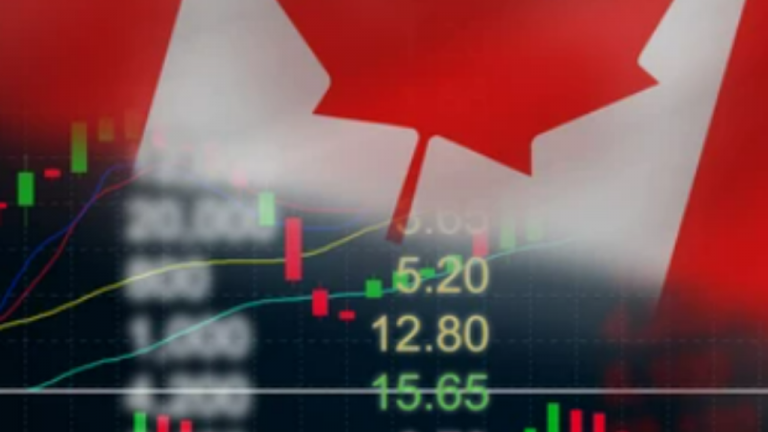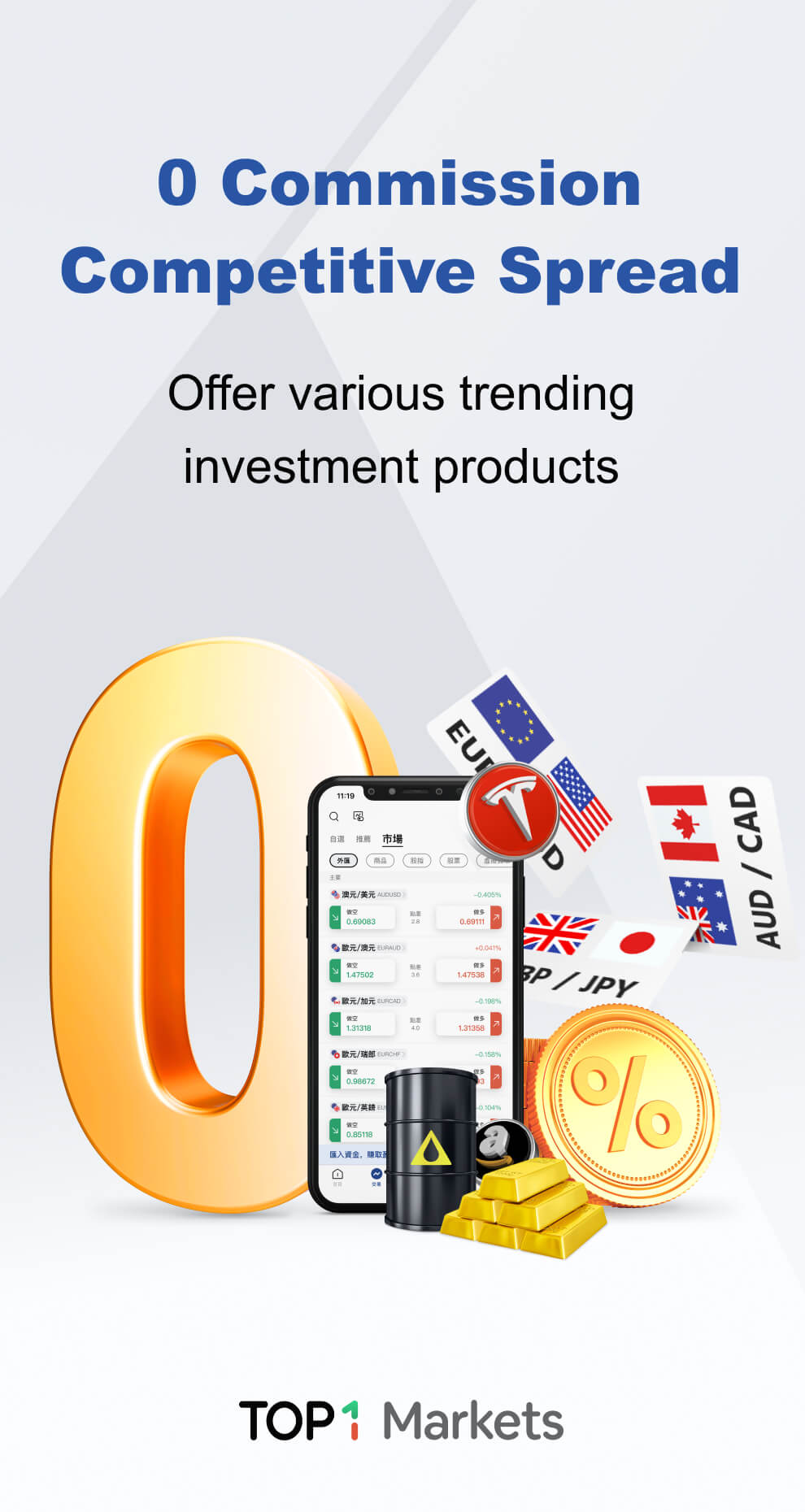Penny stocks are popular among value investors who believe that the price of these stocks would rise following a catalyst such as a new product launch or a merger with a larger company. Penny stocks can be enticing if you’re seeking a deal on the stock market or have little money to invest. In fact, with a low barrier to entry — defined as $5 or less per share – penny stocks may be a safe investment option.
Look no further if you are interested in investing in some of the most popular penny stocks on the Canadian stock market today. Penny stocks are a fantastic approach to making money due to their low price and possibility for appreciation.
This post will examine some of the best Canadian penny stocks and provide more information on everything new penny stock traders should know before investing.
Table of Contents
What Are Penny Stocks?
Penny stocks are small companies with a market capitalization between $50 million and $300 million (also known as micro-cap companies) and whose stocks trade for $5 or less.
Penny stock companies are typically young, small businesses (primarily start-ups) with little zeal but no evidence that their business plan will succeed or that their products will gain popularity. They typically lack a cash cushion to support themselves, and they may rely significantly on debt or on unproven technology to move them forward.
Whatever the rationale for their small size, penny stock businesses frequently incur enormous risks to launch. When you invest in this company, you are essentially wagering that it will accomplish the impossible and overcome these formidable obstacles.
And it is a risky wager. Most penny stock companies fail. In contrast to growth stock companies, which are rapidly expanding businesses with potential for success, penny stock companies are unlikely to display long-term growth. Certainly, it is possible to lose money on a growth stock investment. However, investing in penny stocks has the risk of losing your entire investment, as these companies might simply fail.
Why Are Penny Stocks So Cheap?
Penny stocks are frequently issued by companies that do not meet the rules or have the financial resources to be listed on major exchanges. Consequently, they often have modest market capitalizations and laxer standards.
A greater share price is a requisite for listing on major exchanges. There is no minimum investment requirement for penny stocks, and as a result, these stocks can trade for pennies or even fractions of a penny. The key to determining a company’s size is not its share price but its market capitalization, and this is an extremely vital notion.
Penny Stocks Vs. Nano/Micro-Cap Stocks
Penny stocks are frequently used synonymously with micro-cap and sometimes nano-cap stocks. Occasionally, investors confuse the two.
The term “penny” refers to the price at which penny stocks are traded. Therefore, it makes more sense to confine the definition of a stock to its price and not include market capitalization.
Micro-cap stocks, on the other hand, are stocks whose market capitalization falls within a certain range, specifically between $50 million and $300 million. Nano stocks are stocks with a market capitalization of less than $50 million.
Now, numerous stocks are both penny stocks (based solely on price) and micro-cap or nano-cap stocks (based on their market capitalization).
But if you consider micro-cap status a prerequisite for investing in penny stocks, you will severely invest your investment options. Only the overlap of the two will exist. Therefore, we will continue to require penny stocks to trade for less than $5.
How Are Penny Stocks Different from Regular Stocks?
Penny stocks often trade for less than $5 per share, whereas common stocks trade for $5 or more. Typically, regular stocks trade on larger exchanges like the TSX, NYSE, and Nasdaq, and they seldom trade on minor exchanges.
Penny stocks may have a greater trading volume than common stocks. For example, penny stocks are frequently among the ten most active stocks on the TSX on any given day.
However, some of the less popular penny stocks may not have a high trading volume or may have no volume for several days.
The listing requirements differ depending on the market a stock trades on. Companies listed on the TSX are subject to tougher transparency and corporate governance requirements than those listed on the TSX Venture Exchange.
Companies listed on the NYSE and Nasdaq are subject to significantly more regulation than those listed on other exchanges. Even OTCBB-listed companies must submit financial statements to the Securities and Exchange Commission (SEC ). However, Pink Sheets firms are not required to submit SEC filings.
Similar to other traders, those who deal in penny stocks may be short- or long-term investors. Due to the increased volatility of penny stocks, there is the potential to earn substantial profits in a short period of time. There is also the possibility of swiftly losing a great deal of money.
Why Should You Invest in Penny Stocks?
Penny stocks are among the most volatile types of securities; there is the potential to earn huge profits in a short period, but there is also the possibility to lose a great deal of money in a short period of time.
Similar to other traders, those who deal in penny stocks may be short- or long-term investors. In Canada, penny stock stocks are typically conducted on smaller markets such as the TSX Venture Exchange, which have fewer limitations.
Consequently, penny stocks are not for everyone, and these investments are extremely dangerous and should be treated with caution.
We propose that beginning investors begin with safer investments such as GICs. Suppose you’re retired and receiving the majority of your income from the Canada Pension Plan or Old Age Security. In that case, you should avoid penny stocks since their prices can change significantly from day to day, and you don’t need that kind of portfolio volatility.
How Can I Invest in Penny Stocks in Canada?
If you wish to invest in penny stocks, you must be able to withstand extreme volatility. If you do not believe you can tolerate risk, visit our page on how to buy stocks to begin investing in the major markets.
I recommend that investors who wish to begin trading pink sheets set aside an amount they are willing to lose. I would not advise somebody to invest all of their money in penny stocks. However, a fixed percentage, such as 5% of your whole portfolio, is quite fair.
The majority of these penny stocks will never materialize, rendering them unsuitable for long-term investment. You will attempt to trade depending on the stock’s momentum and then exit accordingly. Once you have committed funds to what I term “fun investing,” you will require a brokerage account.
Keep in mind that most brokerages charge above-average commission charges to purchase penny stocks. This is owing to the fact that the stocks are traded over the counter, which differs slightly from completing a transaction on a traditional exchange. Therefore, ensure that you comprehend what you are paying before you pay it.
Best Canadian Penny Stocks
FP Newspapers (TSXV: FP)
Shares of FP Newspapers (TSXV: FP), a Canadian penny stock with poor liquidity, must be traded with extreme caution. The typical daily trading volume for the stock is only a few thousand shares, and the stock can go an entire day without trading.
There is no doubt, though, that it is an amazing addition to this list. When we first featured FP Newspapers as a solid Canadian penny stock, it was trading within the area of 30 cents, and it is currently $1.19.
I’ll be the first to confess that a corporation that owns 49% of the distributable cash of multiple Manitoba newspapers, including The Winnipeg Free Press, does not sound like a particularly interesting penny stock opportunity for 2022. However, despite the price increase, it is still absurdly inexpensive.
The company has earned approximately $0.12 per share in the past twelve months, and its stock price is less than ten times this amount. Very few penny stocks are profitable today, much less trading for ten times earnings.
The stock could possibly pay a big dividend in a few years as it begins to generate more revenue and brings its finances under control. If this occurs, you’ll be glad you came in today.
American Lithium Corp (CVE: LI)
We’ve all heard that lithium is necessary for rechargeable batteries in electric vehicles and cell phones.
As the globe turns toward these secular tendencies, the global demand for lithium has risen over the past decade and will only continue to rise in the future.
Despite its name, American Lithium Corp is headquartered in Vancouver, British Columbia, and its geographical portfolio includes a recently acquired mine in Nevada.
Also included with American Lithium Corp is a well-established business that has been in existence since 1974.
In addition to increasing its uranium operations, the company recently acquired the largest undeveloped uranium resource in the world in Macusani, Peru.
American Lithium Corp is a play on the growing need for lithium and uranium in the foreseeable future, both of which represent growth opportunities for the company.
Good Natured Products (TSE: GDNP)
Good Natured Products (TSE: GDNP) is a bioplastics firm that designs, manufactures, and distributes high-performance bioplastics for packaging and durable product applications.
The company offers more than 350 goods that are suitable for use at home, in restaurants, and for takeout. The company’s principal objective is to reduce the environmental effect on a global scale, and its primary operating segments are in the United States and Canada.
Undoubtedly, the prohibition on single-use plastics in Canada will give Good Natured greater attention, as it should. There is a possibility that by 2050 there will be more plastic than fish in the ocean.
Unlike many of the other companies on our list, Good Natured Products has existed for quite some time. In reality, the company began producing revenue in 2015, and in the past year (at the time of writing), it has generated more than $79 million in revenue.
What’s the best? It has gained sufficient popularity for analysts to begin covering the company. They anticipate Good Natured Products’ revenue to reach $127 million by 2023, based on their expectation of significant revenue growth in the near future.
The majority of analysts have price targets between $1.30 and $1.40, indicating significant upside potential.
Uranium Royalty Stock (TSXV)
Even while Uranium Royalty is not unique, it is clearly part of a highly limited pool. It is a pure-play uranium royalties corporation with North American and African holdings. The company provides direct exposure to uranium metal, which is a currently popular asset class.
It may also remain important and profitable if uranium is utilized as a transition fuel to help the world migrate from fossil fuels to renewable energy sources.
It provides direct access to a potent commodity (which can also be dangerous for your capital). It has almost no debt, substantial cash, and short-term investments, and its growth since its start has been phenomenal (which is quite recent).
OrganiGram Holdings (TSX:OGI)
OrganiGram Holdings is the parent business of OrganiGram Inc., which is the brand most people recognize.
This business is authorized to produce cannabis and cannabis-related products.
OrganiGram was founded in 2013 for the medical cannabis market, and after Canadian federal legalization took effect, it expanded into recreational cannabis goods.
Even if you are unfamiliar with OrganiGram’s goods, you may be familiar with The Edison Cannabis Company, Indi, Bag O’ Buds, SHRED, or Trailblazer.
The share price has declined significantly from its all-time high of almost $5.00 per share in early 2021.
OrganiGram has a robust balance sheet and almost no debt, making it a prime candidate to purchase other companies in the market as the Canadian cannabis industry continues to consolidate.
FOBI AI (TSXV: FOBI.V)
FOBI AI is, at its core, a data analytics company that uses real-time analytics to improve the efficiency, profits, and expenses of organizations.
As its name implies, FOBI employs artificial intelligence, machine learning, and Internet of Things features through its hardware integration.
FOBI has an extensive list of clients, including Shopify, Block, Lightspeed, and the AWS Partner Network.
Clients can use Fobi’s API to integrate directly into websites and software ecosystems and its NFC-enabled digital wallet for payments and transactions.
Now its IPO, FOBI’s stock has had a significant increase but has since retreated from its peak price of approximately $4.00 per share.
HIVE Blockchain Technologies Ltd.
HIVE is the first cryptocurrency mining company to be publicly traded. It endeavors to HOLD its earnings and thrives on 100 percent green energy, and this indicates that it utilizes hydroelectric, solar, wind, or a combination thereof.
The company conducts Bitcoin and Ethereum mining. Consequently, it is one of the more distinctive Canadian penny stocks to consider purchasing. However, exercise extreme caution if you intend to invest in this company.
On its website, there is a disclaimer that provides a caution. On stock markets, con artists are attempting to pose as this corporation. They appear to be selling financial services, according to the alert. HIVE is NOT a supplier of financial services.
If you’re looking for greater crypto investment prospects, take a look at these inexpensive cryptocurrencies available for purchase now.
Athabasca Oil (TSX: ATH)
Athabasca Oil (TSX: ATH) was added to this list when it was valued at approximately $0.22. Therefore, if you had seen this update in 2020, you would be sitting on a near 10-bagger as the stock has benefited from a rising oil price and is currently trading in the $2 range.
The company produces light oil in the Motney and Duvernay fields in Alberta, Canada, and heavy oil in the vicinity of Fort McMurray. The reserve life of the heavy oil assets is extensive.
Athabasca expects to begin generating free cash flow within the next few years but must spend around $125 million annually on sustaining expenditures. It has cash on the balance sheet but must refinance over $450.0 million in debt maturing this year.
This is a corporation that might potentially benefit even more if oil prices continue to trend upward. Following a challenging 2020, the company has achieved over $100 million in free cash flow in the preceding twelve months.
Kodiak Copper (TSXV:KDK)
Kodiak Copper (TSXV: KDK) is a more recent addition to this list of the best Canadian penny stocks due to the rising price of copper.
If you haven’t been paying notice, the price of copper has roughly doubled from epidemic lows over the past few months. Yes, it is returning to earth, but the last time copper prices reached this level was in 2011. Considering that this company is primarily a copper producer, it stands to gain from this price hike.
The resource behemoth Teck Resources invested $8 million in Kodiak Copper in September 2020, demonstrating confidence and optimism for the junior exploration company’s future. The company generates little revenue and is primarily a play on its British Columbia, Arizona, and Nunavut exploration operations and asset base.
The company recently underwent a transition, changing its name from Dunnedin Ventures to Kodiak Copper at the beginning of 2020, and it is likely one of the riskier investments on this list. However, there is always great promise in early-stage exploration firms. Just use discretion and invest with liquid funds.
Conclusion
Penny stocks are fascinating, dangerous, and extremely volatile. Before purchasing any stock, you must conduct extensive research. If you are a novice investor, you should generally avoid penny stocks.
You can attempt to limit these losses by locating financially stable, small- to mid-cap penny stocks and taking advantage of their volatility by actively following (but not trading) their development and selling when the moment is right, as opposed to holding onto them for the long term.




